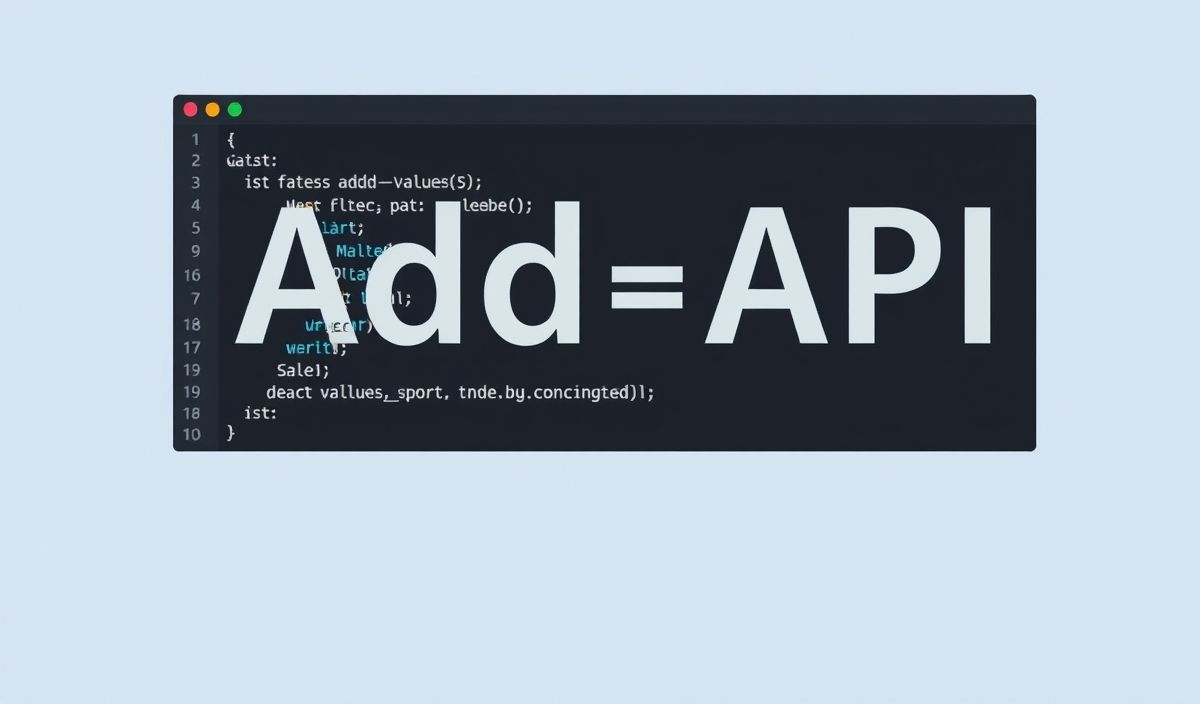Welcome to the Comprehensive Guide to Snap Shot
Snap-shot is a powerful and versatile library that allows developers to capture and manage application states, making it easier to track, test, and debug. This guide will introduce dozens of useful API functionalities provided by snap-shot, accompanied by practical code snippets. You’ll also find an example of an app utilizing these APIs.
Getting Started
To start using snap-shot, install the library via npm:
npm install snap-shot
Basic Snapshot Usage
Taking a snapshot is straightforward. Here’s how you can capture and retrieve a snapshot:
const snapshot = require('snap-shot');
// Capturing a snapshot
let result = snapshot.capture('snapshot1', () => someFunction());
// Retrieving a snapshot
let retrievedSnapshot = snapshot.get('snapshot1');
Advanced Snapshot Features
Snap-shot also supports more advanced features, such as comparing snapshots and conditional capturing:
// Comparing two snapshots
let areEqual = snapshot.compare('snapshot1', 'snapshot2');
console.log('Snapshots are equal: ', areEqual);
// Conditional capturing: only capture if a condition is met
let conditionalResult = snapshot.captureIf('conditionalSnapshot', () => anotherFunction(), condition);
Snapshot Metadata
You can associate metadata with your snapshots for better management:
// Adding metadata
snapshot.addMetadata('snapshot1', { author: 'John Doe', description: 'Initial state' });
// Retrieving metadata
let metadata = snapshot.getMetadata('snapshot1');
console.log(metadata);
Snapshot History
Keeping history of snapshots allows you to rollback if needed:
// Capturing versioned snapshots
snapshot.captureVersioned('versionedSnapshot', () => versionedFunction());
// Retrieving a specific version of the snapshot
let version = snapshot.getVersion('versionedSnapshot', 2);
App Example Using Snap-Shot
Here is an application example that utilizes the snap-shot API to manage and track state changes:
const express = require('express');
const snapshot = require('snap-shot');
const app = express();
app.get('/capture', (req, res) => {
let data = snapshot.capture('appSnapshot', () => fetchDataFromDB());
res.send(data);
});
app.get('/retrieve', (req, res) => {
let snapshotData = snapshot.get('appSnapshot');
res.send(snapshotData);
});
app.listen(3000, () => {
console.log('App listening on port 3000');
});
function fetchDataFromDB() {
// Mock database fetch
return { user: 'Alice', role: 'admin' };
}
With this comprehensive guide to snap-shot, you should be able to utilize its various features in your applications for enhanced state management.
Hash: 1688d82ea20d185b48f974260289c22024cb3adae9b07f554dd8d96a00af62bd




